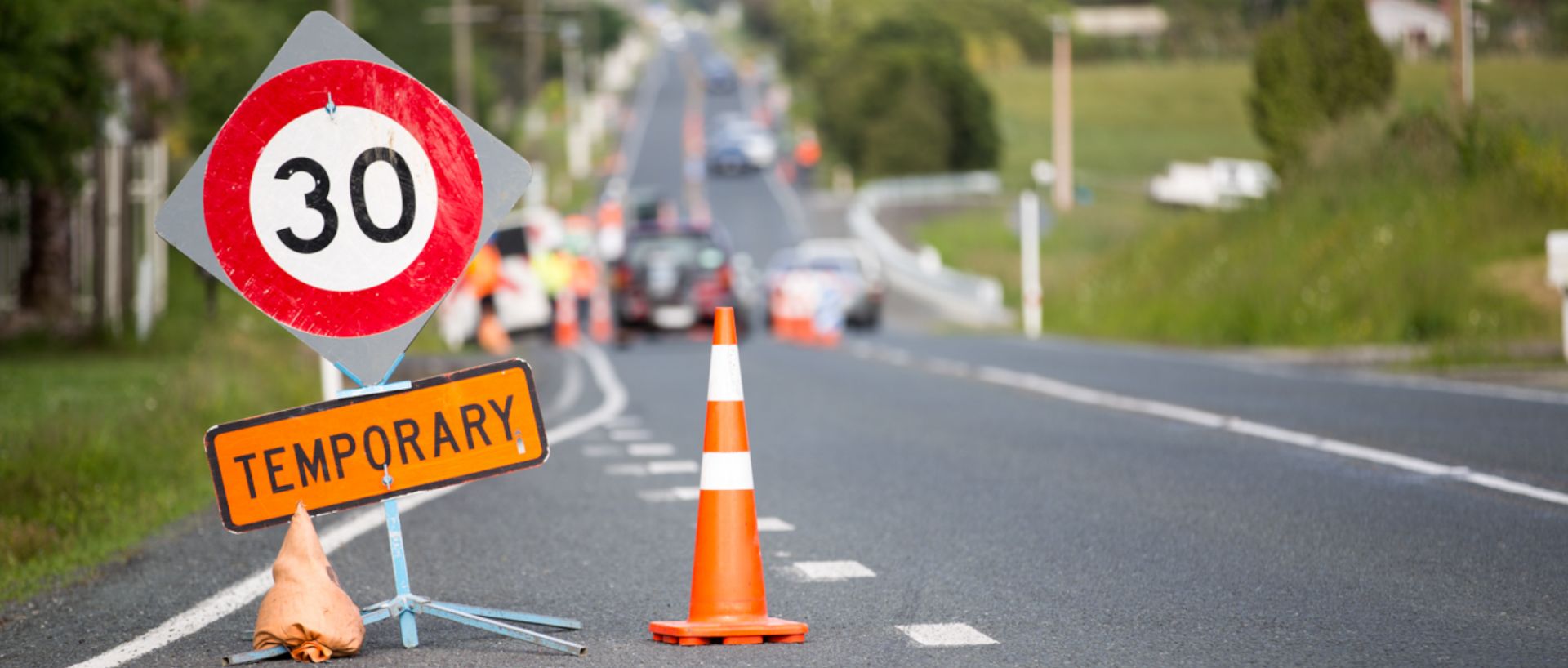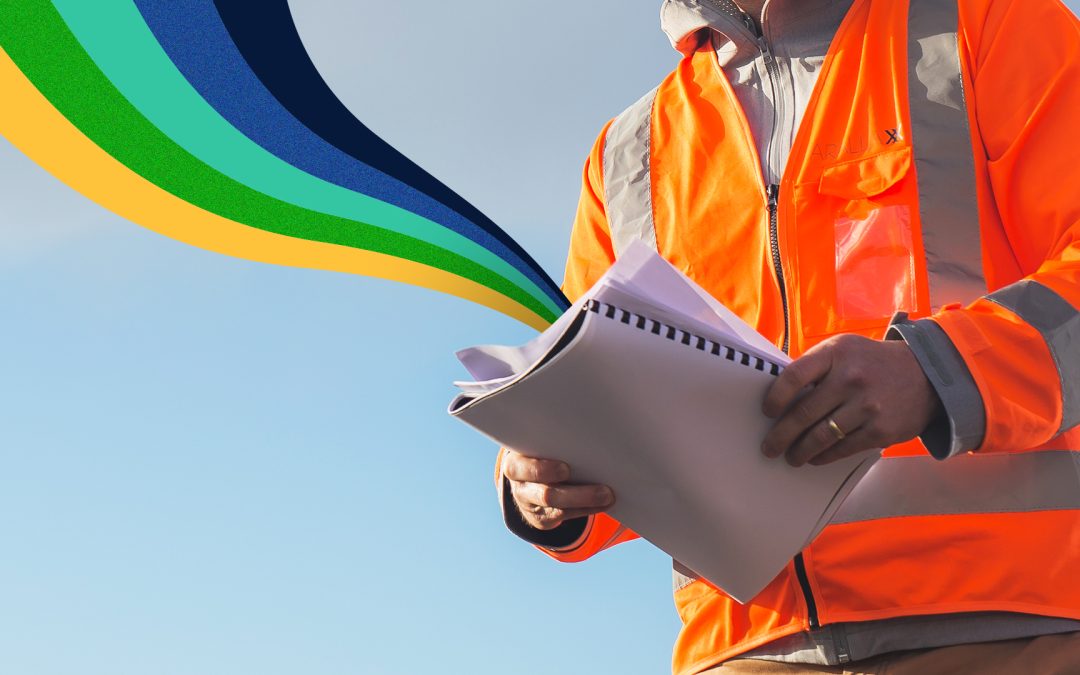Roads are divided into different levels, to reflect their intensity of use and associated risk. Identify the levels of temporary traffic management with our guidelines
There are Four Primary Levels of Road:

-
Levels of Temporary Traffic Management
- • Level Low Volume (LV)
- • Level 1
- • Level 2
- • Level 2 Low Speed (2LS)
- • Level 3
The designation for each road is made by the RCA.
Guidelines for Designation of Road
Level LV Roads
These roads have an AADT volume of less than 500vpd.
This encompasses some urban streets and some local roads (with or without a centreline), sealed and unsealed.
Detailed guidelines to assist RCAs with the selection of road levels are included in subsection A4.6 Road controlling authority’s (RCA) guidelines for designating road levels.
Level LV Low-Risk Roads
This is a subcategory of level LV roads which may be declared by the RCA. These roads have an AADT volume of less than 250vpd.
Level 1 Roads
Low to medium-volume roads designated by an RCA with guideline AADT counts of less than 10,000vpd on rural roads and less than 15,000vpd on urban roads.
This encompasses most urban streets, most rural roads, and most state highways, (with or without a centreline) sealed or unsealed.
Usually, 750mm x 750mm signs are used. Larger signs may be required in some circumstances.
Except for multi-lane roads and TSLs, where signs are required on both sides of the road, signs are only required on the left-hand side of the road. The RCA, engineer or contractor can request signs on both sides of a road when this is considered desirable for safety or traffic management reasons.
Detailed guidelines to assist RCAs with the selection of road levels are included in subsection A4.6 Road controlling authority’s (RCA) guidelines for designating road levels.
Level 2 Roads
These are high-volume roads designated by an RCA with guideline AADT counts of 10,000vpd or more on rural roads and 15,000vpd or more on urban roads. The lower limits are guides only.
This level of road may include major urban streets in the central business district, some arterial roads, two-lane two-way roads, one-way streets and multi-lane roads.
This level of road generally requires larger signs (eg 850mm x 850mm on 1200mm square backing boards).
Stringent criteria for mobile operations apply to this level of TTM.
Detailed guidelines to assist RCAs with the selection of road levels are included in subsection A4.6 Road controlling authority’s (RCA) guidelines for designating road levels.
Level 2 Low Speed (2LS) Roads
Level 3 Roads

These are high-volume, high-speed multi-lane roads and motorways with a divided carriageway.
This will include any on-ramps or off-ramps.
They have:
• an AADT volume greater than 10,000vpd. This lower limit is a guide only
• a speed limit greater than 75km/h.
This encompasses major multi-lane highways and motorways in and around major urban areas, eg the Auckland motorway system. They use the same size signs as for level 2 roads.
At this level, static worksites must be set up and removed using a mobile operation.
Detailed guidelines to assist RCAs with the selection of road levels are included in subsection A4.6 Road controlling authority’s (RCA) guidelines for designating road levels.
If you want to know more about road levels and NZ Traffic safety guidelines you can book a temporary traffic control training with Parallaxx.










